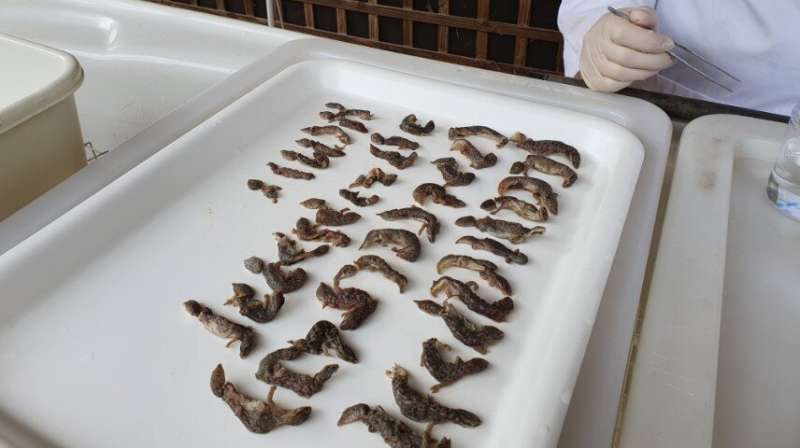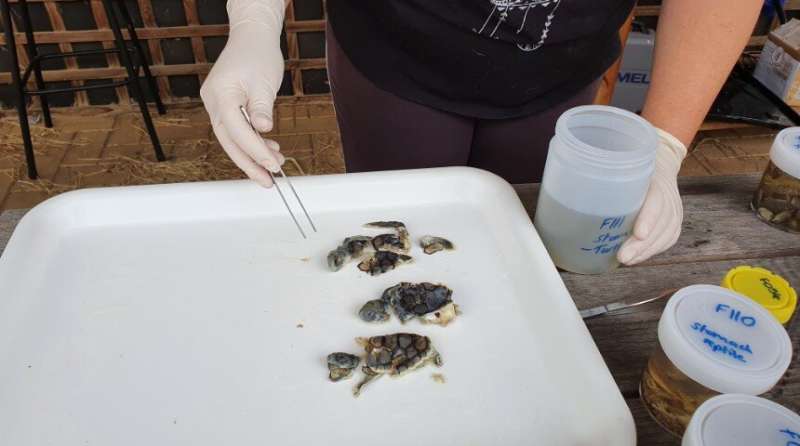Are feral cats biting off more than they can chew?

Researchers from Murdoch University have revealed that even small stray and feral cats take on large and difficult-to-handle prey. And it's posing a risk to native wildlife populations.
Feral cats are one of the largest environmental problems facing Australia today. They have been linked to the extinction of at least 22 mammal species, with over 100 further native species listed as threatened by them.
Wildlife biologist and Director of the Centre for Climate-Impacted Terrestrial Ecosystems at Murdoch's Harry Butler Institute, Professor Trish Fleming is leading research into the threat they pose.
Professor Fleming is working with Dr. Heather Crawford and Professor Mike Calver to better understand the impact of feral and stray cats on the endangerment of Australian wildlife populations.
"We collected a sample of 568 feral and stray cats that had been euthanized because they posed a risk to native wildlife or were controlled as nuisance animals, and identified what they had last eaten."
Dissections found these cats had consumed at least 23 reptile species, including monitors, dragons, skinks, geckos, snakes and ground burrowing blind snakes. Six cats in the study had eaten venomous snakes.
The research team discovered that even young and small cats had been active hunters, with many taking large prey species, and some of the youngest tackling and consuming potentially 'dangerous' prey that would likely have put up a fight.

"Native mammals were also present in the cat diets, including juvenile rock wallabies, quendas and possums. Birds were also common with at least seven parrot species identified, many of which are large ground-foraging species, such as the Australian ringneck parrot."
"Cats are opportunistic, generalist carnivores taking a broad range of prey. Their ability to handle larger prey increases as the cats grow, increasing their jaw strength, and improving their hunting skills," said Professor Fleming.
"We found that large male cats represent the greatest risk in that they have greater body mass and bite force that would allow them to handle a greater range of prey. But the strongest predictor of prey size was the age of the cat, with older cats taking the largest prey," said Professor Fleming.
"We included 155 cats aged 4–12 months and found one had eaten a highly venomous western brown snake, three had eaten monitor lizards, six had eaten parrots, five had consumed black rats, and three had consumed brushtail possums. Such dangerous prey requires considerable skill to capture and subdue without injury to the cat, so their consumption illustrates just how quickly cats become adept hunters following weaning."
Professor Fleming hopes the research will help to inform Australia's response to the impacts of feral cats on biodiversity and native wildlife.

"Understanding what influences the diet of feral cats is just one of the first steps to ensuring long-term survival of the hundreds of native species threatened by these introduced predators.
"While there is no doubt that other factors such as habitat clearing and other introduced pest and predator species all threaten Australia's native fauna, it's evident that feral cat predation has had the most rapid, dramatic and demonstrable impact on species' survival."
Provided by Murdoch University



















